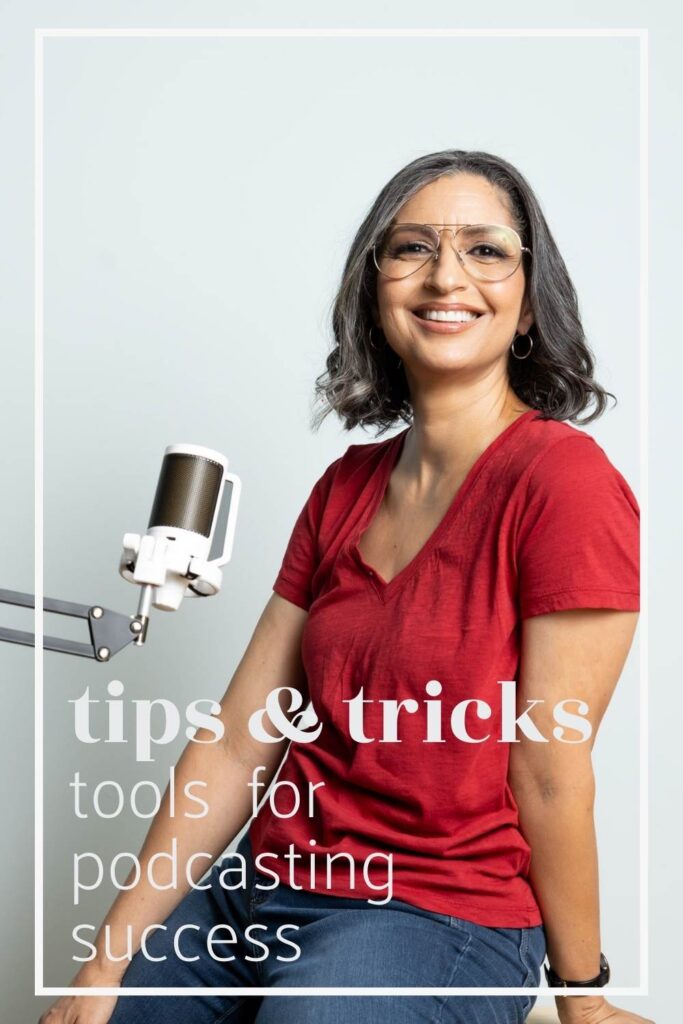Podcasting Success: How I Transformed from Novice to Content Generator and the 5 Tools that Make it Look Easy
January 13, 2024
Over a year ago, I embarked on a podcasting journey with little knowledge, equipment, or strategy. However, I recognized that a podcast like Diana Prince Lives Next Door perfectly aligned with my brand’s mission. While the initial steps were uncertain, I envisioned creating a multipurpose podcast with audio and video versions. Through trial and error, I discovered the perfect software tools that enhanced my podcast and became the secret to my success. Read on to discover my podcasting success story and the tools that helped create it.

Podcasting Success Starts with the Right Workflow and Software
Recording with SquadCast & Editing with Descript:
To ensure a professional and immersive podcasting experience, I turned to SquadCast. This virtual studio platform revolutionized the way I recorded my episodes, which I was doing in Zoom.
If you’re capturing your podcast videos with Zoom, it’s time to switch. Zoom’s primary focus is video conferencing, so its interface reflects that purpose. Other platforms, like professional video editing software or dedicated podcast recording tools like Squadcast, are purpose-built for video content recording. These alternatives provide effortless remote recording capabilities, making connecting with guests easy. Plus, they offer exceptional audio quality for clear conversations that resonate with your audience.
Once you’ve finished recording your session, a simple button press allows seamless transfer to Descript for editing. The recent merger of SquadCast and Descript ensures easy integration of video editing into my podcasting workflow. Its user-friendly interface and extensive features make Descript my go-to tool for editing podcast episodes. It’s where I primarily handle tasks such as removing filler words and eliminating silent gaps.
Adding Finishing Touches with Capcut:
After completing the main editing of my podcast episodes in Descript, I export the video version to Capcut for further enhancements.
One of the critical features of Capcut is the ability to add ready-made intros and outros to my videos. I create these intros and outros using Canva, a graphic design tool. Canva provides me with templates and customization options to craft visually appealing intros and outros for my podcast episodes.
Capcut offers a user-friendly interface that simplifies the fine-tuning of visual elements in videos. It allows easy brightness adjustments, contrast, saturation, and more, ensuring a polished and professional look. Additionally, Capcut can modify video speed, which benefits those with a slower speaking cadence. Unlike Descript, whose speed options are limited to .25s, Capcut offers smaller increments, avoiding the Mickey Mouse effect during guest conversations.
Once I am satisfied with the edits and enhancements in Capcut, I export the final version of my podcast episode. This final version is then ready to be published on various platforms such as YouTube and PodOps, my chosen podcast hosting site.
Overall, Capcut plays a crucial role in the production process of my podcast episodes. It allows me to add intros and outros created in Canva, fine-tune visual elements, and ultimately create a polished end product for my audience to enjoy.
Streamlining Content Creation with Castmagic:
Managing various assets for YouTube, social media, and my blog was so daunting that I didn’t do it. I got the content up on the crucial platforms but didn’t optimize them in all my channels, like social media and my blog. Then, I discovered Castmagic. This all-in-one platform simplifies content creation by providing title suggestions and descriptions for YouTube videos, social media captions, newsletters (which I don’t utilize), and even ready-made blog posts. With Castmagic’s automated prompts, I can effortlessly generate engaging content across multiple channels.
Creating Short Clips with Clip Opus:
To maximize the reach of my podcast episodes, I utilize Clip Opus. This handy tool allows me to extract short-form clips from my video episodes. I can share bite-sized content on social media by selecting impactful moments or thought-provoking snippets. Clip Opus streamlines the process, enabling me to captivate and engage my audience with concise yet compelling clips.
Embarking on my podcasting journey with limited resources may have initially seemed daunting. Still, through continuous exploration and adaptation, I discovered the perfect software tools that transformed my podcast, Diana Prince Lives Next Door. SquadCast revolutionized remote recording, while Descript and Capcut elevated the visual and audio editing processes. Castmagic streamlined content creation across various platforms and Clip Opus empowered me to share captivating short clips. These software tools have become the secret to my podcasting success, enabling me to deliver high-quality content beyond the podcast itself.
If you like this blog post and are interested in any of these services, here are the links.
- Squadcast & Descript – Affiliate
- Capcut – Non-Affiliate
- Castmagic – Affiliate
- ClipOpus – Non-Affiliate
- PodOps – Non-Affiliate
Podcasting success takes some learning and time, but I hope you found this article helpful in your journey, and I wish you the same and, if not, more podcasting success, too!

About Angela Acosta & the Atelier
Based in New Jersey, Angela Acosta specializes in personal branding and portrait photography for women business owners and professionals in New York and the tri-state area. She expertly channels brand narratives through tailored images, offering insights on wardrobe and styling to ensure authenticity. With a deep commitment to capturing the essence of each client, Angela transforms branding with impactful photographs that resonate and inspire. Contact us to schedule your complimentary consultation.